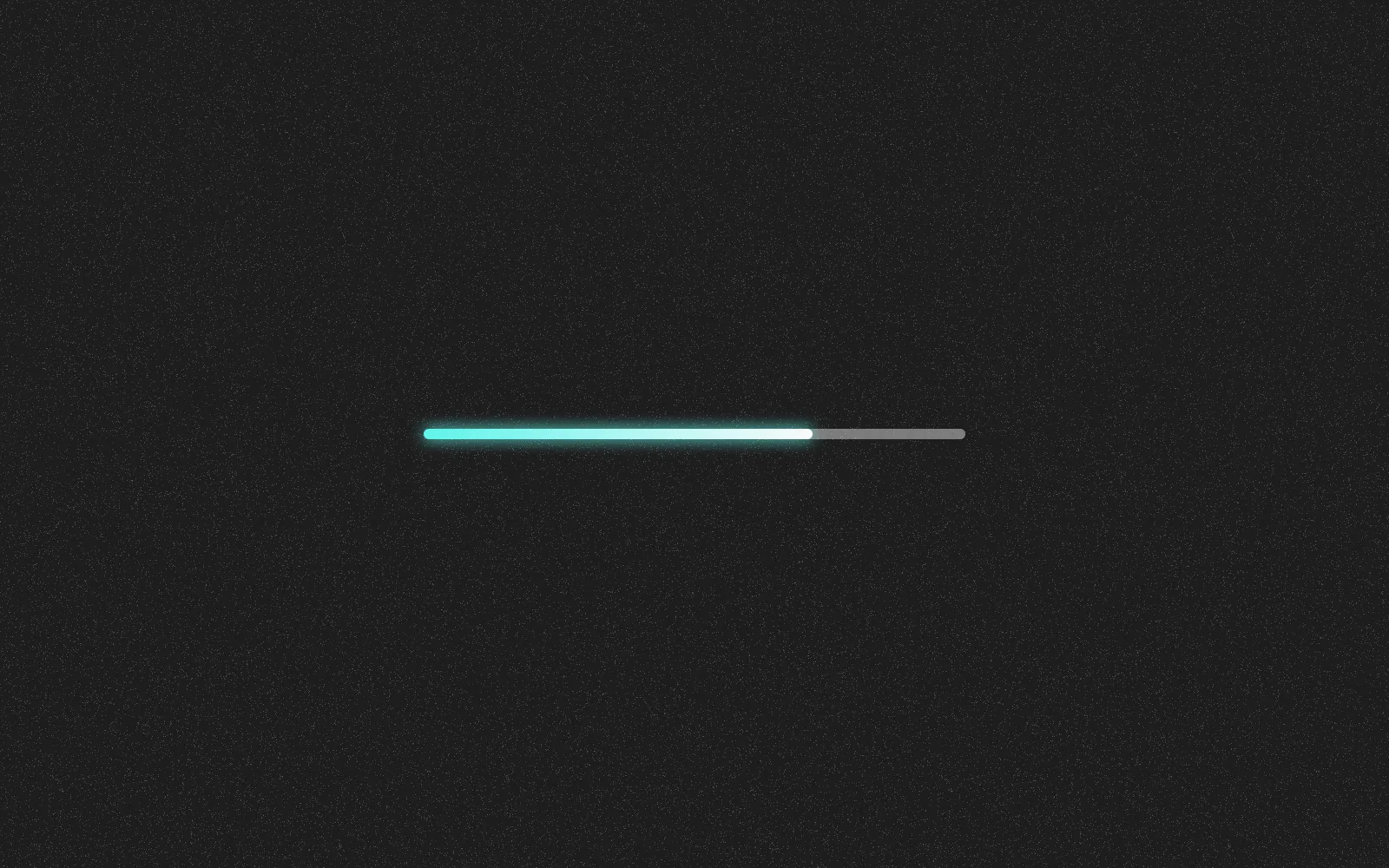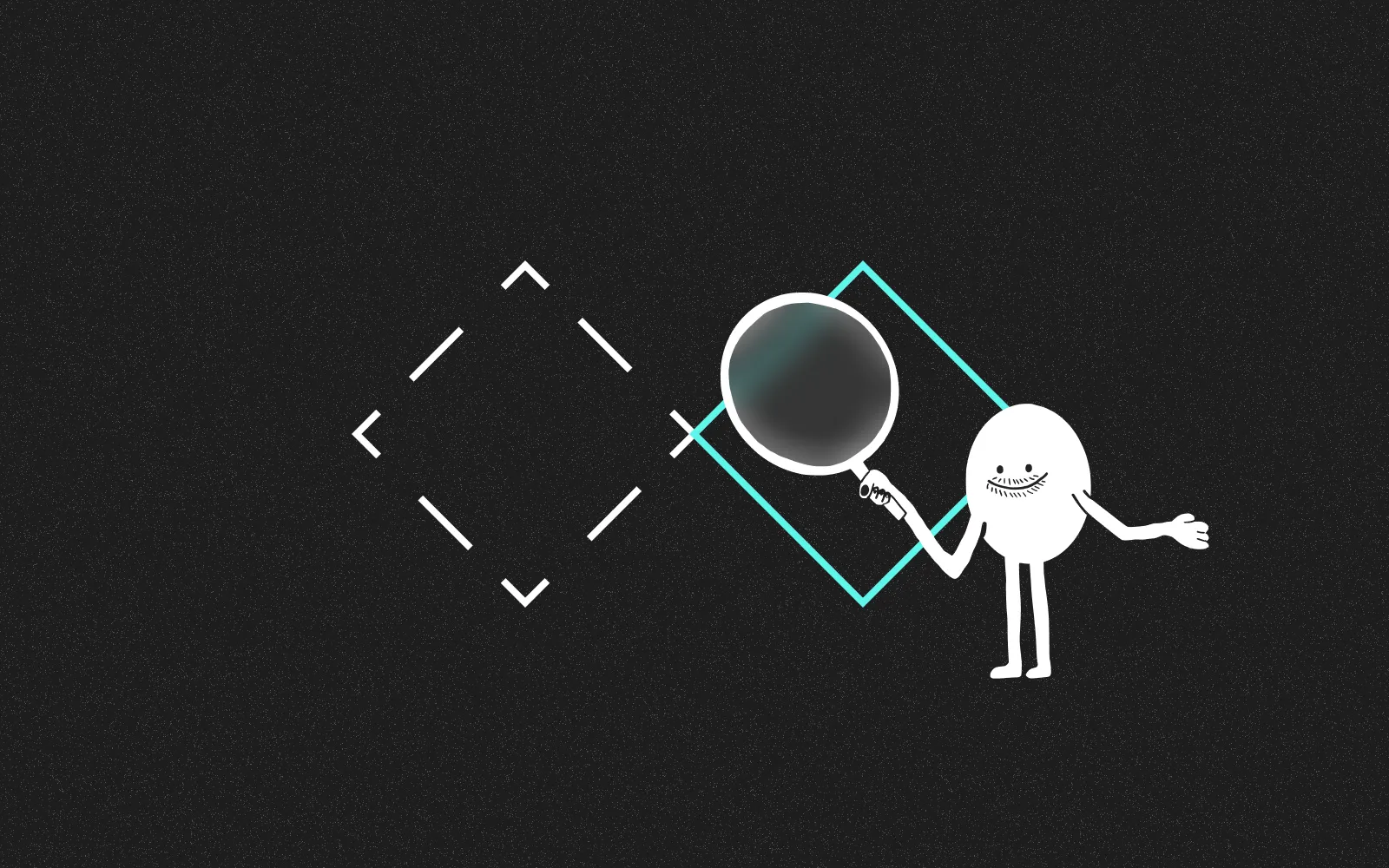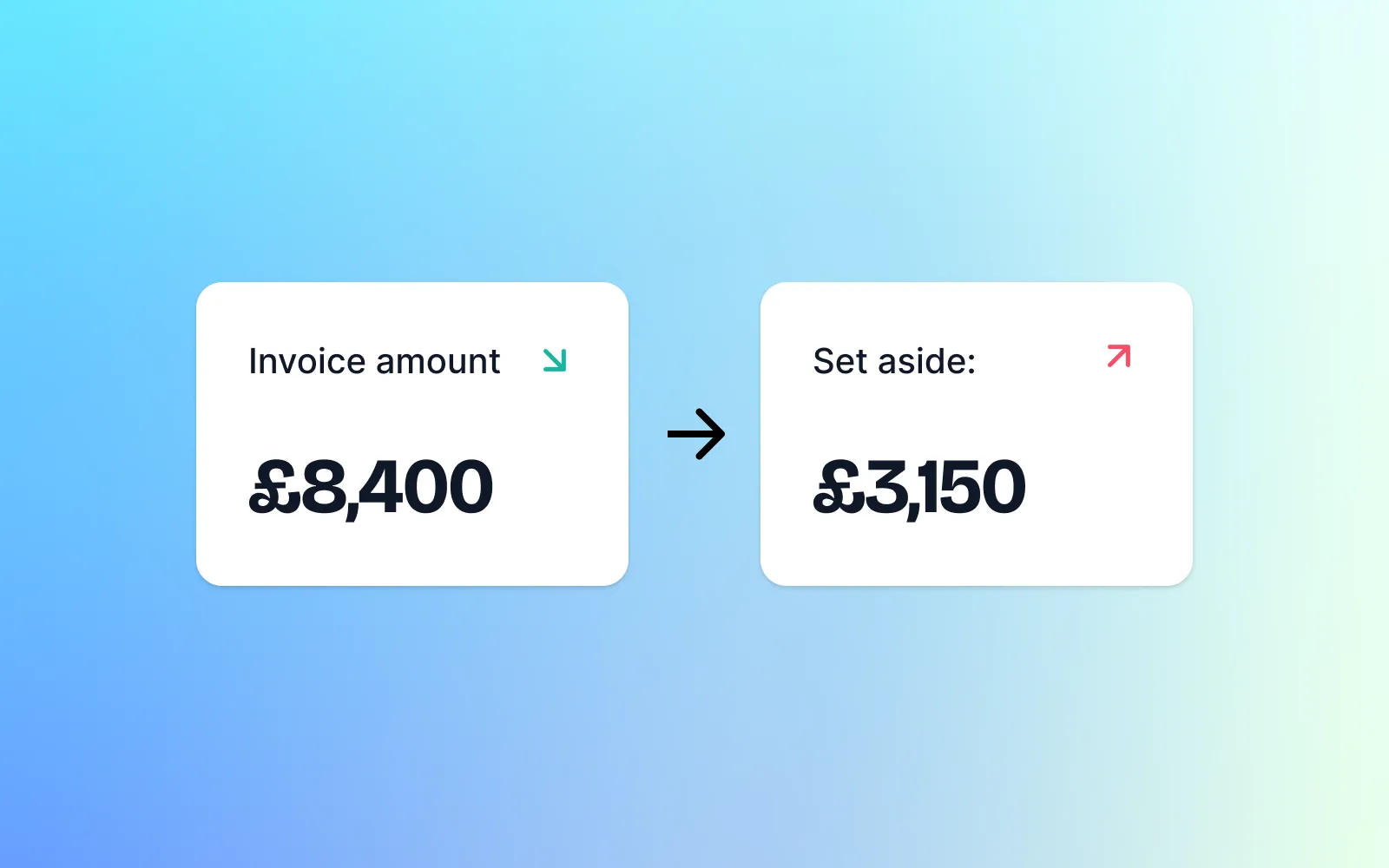
Quick Answer
The best option for your design needs depends on your specific requirements:
Agencies are ideal for large-scale projects requiring multiple services across regions
Design studios offer the best balance of specialisation, efficiency and cost
Freelancers are most suitable for specific, short-term design tasks on a budget
In-house teams make sense once your product is established and profitable
Introduction
If you're looking to bring a more design-centric culture to your company or create a new digital product, you're likely considering several external options versus building an in-house team. According to recent industry research, companies that effectively leverage external design resources can bring products to market up to 40% faster than those relying solely on internal resources. This comprehensive guide examines the four main options—agencies, design studios, freelancers, and in-house teams—providing you with the insights needed to make an informed decision for your specific situation.Pros and cons of hiring an agency
What are the pros and cons of hiring an agency?
An agency typically comprises multiple micro-teams providing full-service solutions from branding to research, marketing, design, and development.
Pros of hiring an agency:
Continuity — If someone becomes ill or leaves the agency, they have other team members to seamlessly fill their place.
Capacity — Agencies have the infrastructure and size to offer everything you need in one place, with 87% of large agencies providing at least five distinct service offerings.
Reach — Larger agencies often have an international footprint, with offices in multiple countries.
Security — Established training protocols and processes ensure all safety and compliance requirements are met.
Cons of hiring an agency:
Limited agility — Team members are usually booked for specific timeframes on your project, offering little flexibility. If timelines slip, you may find yourself with a different team midway through, which can be disastrous for digital product development.
Higher costs — Agencies have substantial overhead costs which they pass onto clients, with hourly rates typically 30-50% higher than other options.
Reduced efficiency — Extensive scoping, administrative tasks, and legal requirements can make progress slow and inflexible.
When to hire an agency:
Agencies are ideal if you have a very large project requiring:
Teams in multiple countries
A wide range of service requirements in one place
A substantial budget where cost efficiency is less critical
What are the pros and cons of hiring a design studio?
A product design studio typically includes a small, managed team offering more bespoke services than an agency, with higher service levels and specialisation.
Pros of hiring a design studio:
Specialised, multidisciplinary team — The team comprises the right blend of specialised skill sets necessary to launch successful products.
Efficiency — The team has typically worked together on numerous projects, developing complementary skills that work together seamlessly.
Agility — Due to their smaller size, most studios can move rapidly and adapt processes and timeframes to your specific needs.
Cost-effectiveness — Studios are typically 20-30% less expensive than hiring an in-house team or agency.
Cons of hiring a design studio:
Limited reach — Studios are unlikely to have international infrastructure or resources.
Cost comparison — A freelancer will likely be cheaper if you only need a specific design task completed.
When to hire a design studio:
When you have a problem that can be solved with a digital product but don't want to hire and manage a team or process yourself.
To scale a product to a point where hiring a new in-house team makes financial sense.
What are the pros and cons of hiring a freelancer?
Freelancers offer a limited set of services and, with lower overheads, can offer comparatively lower prices. They typically work on specific parts of a project rather than providing end-to-end solutions.
Pros of hiring a freelancer:
Cost-effective — It's typically 40-60% cheaper to hire a single freelancer than a design studio.
Flexibility — If the arrangement doesn't meet your needs, you can end the engagement easily.
Efficiency — Freelancers can usually start quickly, with minimal bureaucracy.
Specialisation — You can hire for very specific skill sets to fill particular needs.
Cons of hiring a freelancer:
Limited capability — Launching digital products requires diverse skills (from research to UX/UI design, branding, communication, planning, and development). Very few freelancers possess all these skills.
Management overhead — Hiring multiple freelancers to cover all required skills means managing different personalities and deadlines.
Capacity constraints — Most freelancers can only handle a limited workload.
Continuity risks — Freelancers might unexpectedly become unavailable, accept in-house positions elsewhere, or become unresponsive.
When to hire a freelancer:
When you need a specific skill quickly for a short period.
When budget is your primary concern.
What are the pros and cons of hiring in-house?
Building an in-house team means lower long-term costs, but requires significant upfront commitment and risk. It can be challenging and time-consuming to assemble an entire product team from scratch.
Pros of hiring in-house:
Commitment — Employment and bonuses are directly tied to the company's success.
Institutional knowledge — In-house teams develop deep understanding of your company and its culture.
Availability — In-house teams aren't juggling other clients.
Cons of hiring in-house:
Higher initial costs — If you need to hire an entire product team, it'll be more expensive initially than hiring a pre-built team on a per-project basis.
Potentially lower efficiency — In-house employees may work more slowly as they receive regular compensation regardless of output.
Administrative burden — More paperwork and processes are required for hiring.
Reduced flexibility — It's more difficult to make changes if the arrangement isn't optimal.
When to hire in-house:
To take over from an external team once a product has proven successful and profitable.
To fill a single, long-term skill gap that you'll depend on in future or that represents a core part of your business (not for early innovation).
Where does Caboodle fit in?
Caboodle aims to offer all the benefits and flexibility of freelancers, combined with the service, reliability, security, and continuity of an agency. You get one dedicated team, led by Chris and Lucy, whom you can reach directly at any time.
We position ourselves as an extension of your existing team—augmenting your skill set without requiring you to navigate the expensive and often risky hiring process.
Key Takeaways
Agencies excel at large, multi-faceted projects but come with higher costs and less flexibility
Design studios offer the best balance for digital product development with specialised teams at reasonable costs
Freelancers provide the most cost-effective solution for specific, short-term design needs
In-house teams make most sense for established products or core business functions
Hybrid approaches like Caboodle combine the benefits of different models to offer flexibility with reliability
Frequently Asked Questions
How much more expensive is an agency compared to a design studio?
Agencies typically charge 30-50% more than design studios for comparable work due to their larger overhead costs, more extensive infrastructure, and broader service offerings.
Can a freelancer handle an entire product development project?
While some exceptional freelancers may have diverse skill sets, it's rare to find individuals with expertise in all aspects of product development (research, UX/UI design, development, testing, etc.). For complete projects, you'll typically need to assemble and manage a team of freelancers, which creates additional coordination overhead.
At what point should I transition from external resources to an in-house team?
The ideal time to transition is when your product has proven market viability and generates consistent revenue. Industry benchmarks suggest considering in-house teams once your product reaches £500,000+ in annual revenue or requires ongoing development that would make external resources more expensive in the long run.
How can I ensure continuity when working with external design partners?
To maintain continuity:
Establish clear documentation practices
Implement knowledge transfer protocols
Ensure all design assets and code are properly stored and accessible
Consider retainer arrangements for ongoing support
Use collaboration tools that facilitate seamless handoffs
What's the typical timeline for different design engagement models?
Agencies: 3-12+ months for comprehensive projects
Design studios: 1-3 months for product development
Freelancers: 2 weeks to 3 months for specific deliverables
In-house: Ongoing, with 1-3 months for recruitment and onboarding




